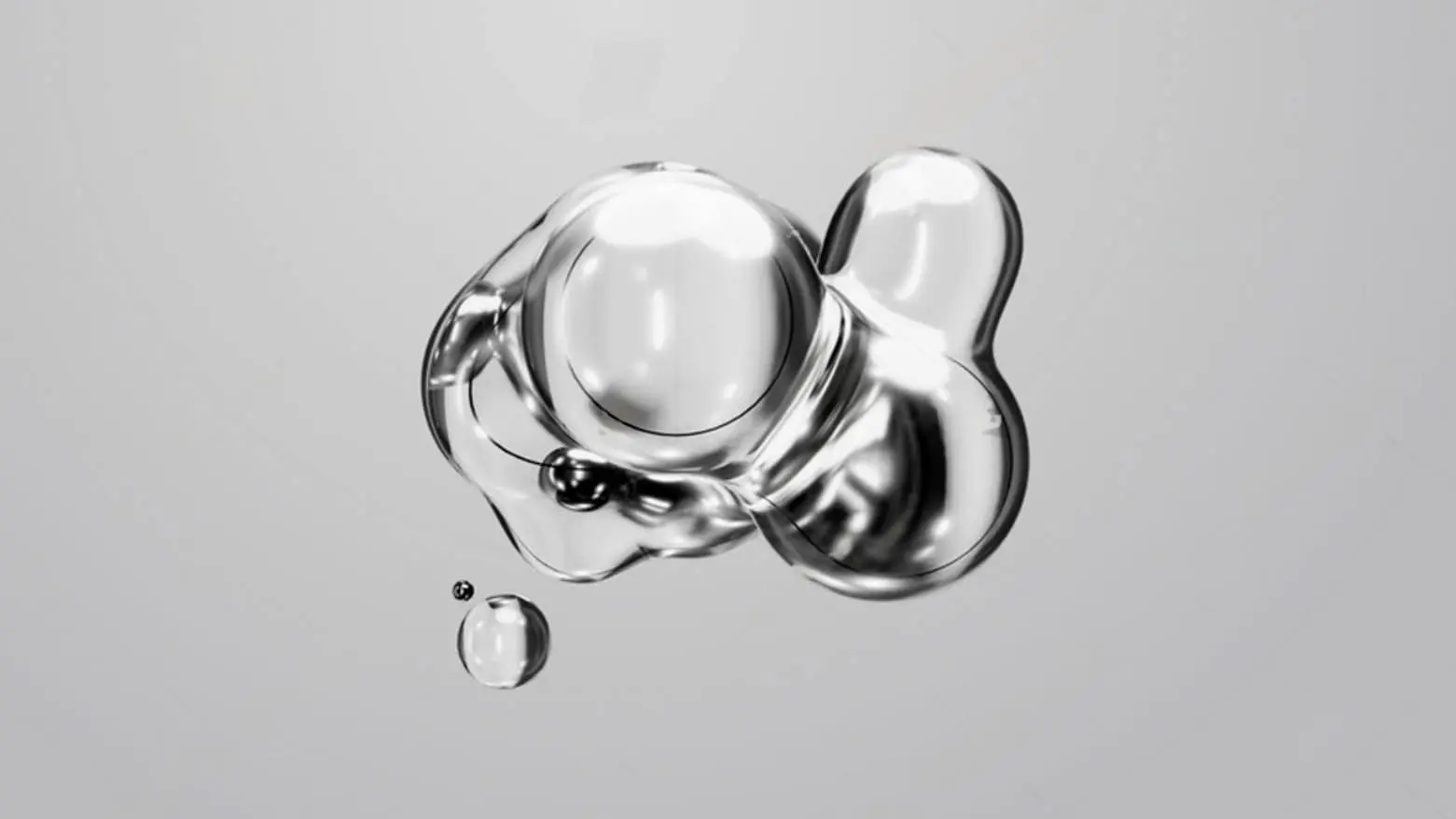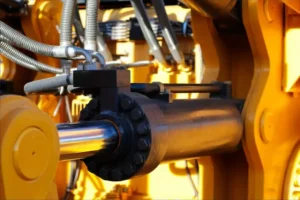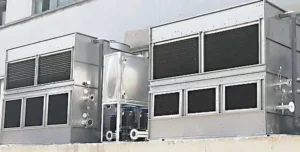Spheroidization decline is a common issue in ductile iron production, often leading to substandard castings or even scrap. Addressing this problem effectively is crucial for maintaining the quality of the casting material. Below are key strategies to solve spheroidization decline in castings:
1. Control the Composition and State of Molten Iron
- Reduce Sulfur Content: Sulfur is a critical factor affecting spheroidization. High sulfur levels can cause graphite to grow in worm-like shapes, leading to spheroidization decline. To mitigate this, use low-sulfur coke and metal charge, and apply desulfurization treatments when necessary to keep sulfur content below 0.06%.
- Minimize Oxygen Content: Dissolved oxygen in molten iron can also disrupt spheroidization. To prevent oxidation, use covering agents like perlite or wood ash to protect the molten iron surface from exposure.
- Balance Rare Earth and Magnesium Content: Rare earth elements and magnesium are essential components of spheroidizing agents. However, excessive amounts can deteriorate graphite shapes and reduce spheroidization rates. Adjust the dosage of spheroidizing agents based on the specific conditions to maintain optimal rare earth and magnesium levels.
2. Optimize the Spheroidizing Process
- Shorten Dwell Time: After spheroidizing treatment, reduce the molten iron’s dwell time to minimize exposure to high temperatures, which can lead to oxidation and decay of spheroidizing elements.
- Enhance Covering and Slagging: Strengthen the covering and slagging processes during and after spheroidization to minimize contact between molten iron and air, thereby reducing the risk of resulfurization.
- Use Anti-Decay Spheroidizing Agents: Select a heavy rare earth spheroidizing agent with strong anti-decay properties to enhance the stability and durability of the spheroidization effect.
3. Adjust the Pouring Process
- Control Pouring Temperature: Pouring temperature is critical to casting quality. A high temperature can increase liquid shrinkage, leading to shrinkage cavities, while a low temperature may result in poor fluidity and inadequate shrinkage compensation. Typically, a pouring temperature between 1300-1350°C is ideal.
- Implement Inoculation and Ball-Promoting Technology: Adding an appropriate amount of inoculant, such as 75 ferrosilicon, can promote graphite spheroidization. However, be cautious not to overdo it, as excessive inoculant can cause micro-shrinkage and reduce pearlite volume.
4. Improve Sand Mold Compactness and Pouring System Design
- Enhance Sand Mold Compactness: The compactness of the sand mold significantly affects casting quality. Low or uneven compactness can lead to defects like shrinkage holes. Aim for a compactness level of at least 90%, ensuring even sand collision and appropriate moisture content.
- Optimize Pouring System Design: A well-designed pouring system ensures smooth molten metal flow, sequential solidification, and reduces defects like slag inclusions. Incorporate slag collection bags and filters to remove inclusions and maintain casting quality.
Conclusion
Effectively addressing spheroidization decline in castings involves a comprehensive approach: controlling the molten iron’s composition, optimizing the spheroidization process, adjusting the pouring process, and enhancing sand mold compactness and pouring system design. By implementing these strategies, the spheroidization quality and yield of castings can be significantly improved, ensuring high-quality production.








